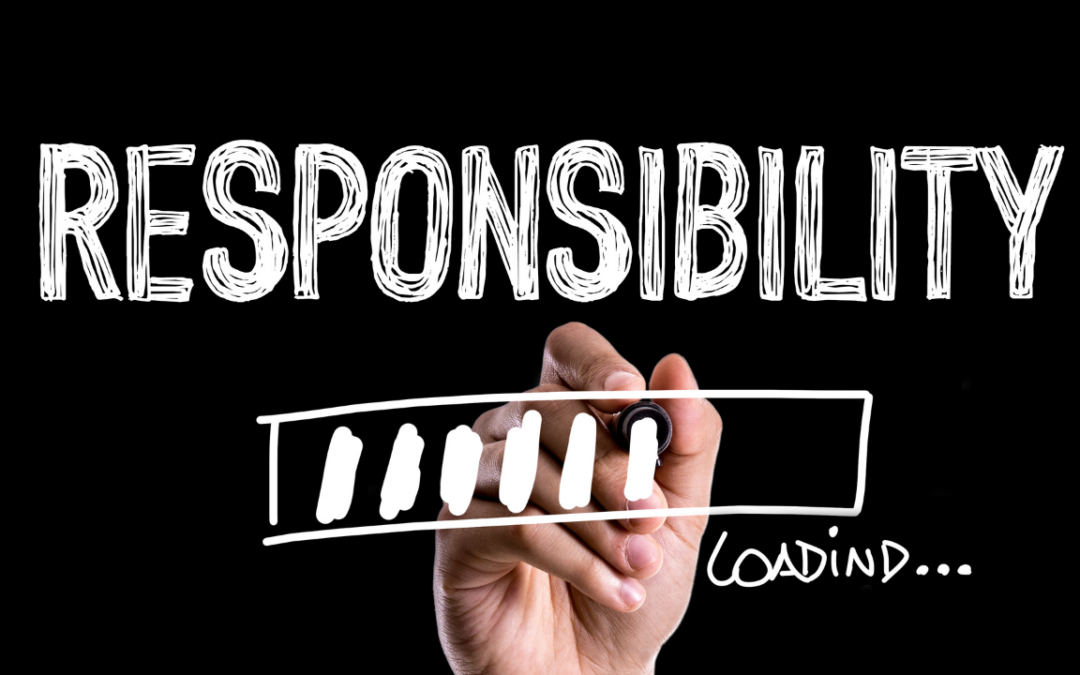In today’s digital age, the concept of “Pay It Later” has become increasingly popular. With the rise of buy now, pay later (BNPL) services and credit cards, consumers are presented with more opportunities to make purchases without immediate payment. While these options provide convenience and flexibility, it’s essential to consider how they align with your overall financial goals. In this blog, we will delve into the strategies for managing Pay It Later responsibly and balancing it with your financial objectives.
Understanding Pay It Later
Pay It Later services, such as BNPL platforms and credit cards, allow consumers to make purchases and defer payment to a later date. While this can be beneficial for managing cash flow and making larger purchases more manageable, it’s crucial to recognize the potential impact on your financial well-being. Before utilizing these services, it’s essential to assess their implications on your budget and long-term financial plans.
Aligning with Financial Goals
When integrating Pay It Later options into your spending habits, it’s important to align their usage with your financial goals. Whether it’s saving for a major purchase, building an emergency fund, or paying off existing debts, consider how utilizing these services fits into your overall financial strategy. By evaluating the potential trade-offs and impacts on your financial goals, you can make informed decisions about when and how to leverage Pay It Later options.
Budgeting and Tracking Expenses
Effective management of Pay It Later usage involves meticulous budgeting and tracking of expenses. By incorporating these deferred payment methods into your budget, you can ensure that they complement, rather than detract from, your financial objectives. Tracking your Pay It Later expenditures allows you to maintain a clear overview of your financial commitments and avoid overextending your resources.
Assessing Affordability and Interest
Before utilizing Pay It Later services, it’s crucial to assess the affordability of the purchases and understand the associated interest or fees. Evaluating the total cost of deferred payments, including any interest or charges, can help you make informed decisions about the financial impact of utilizing these options. By carefully considering the affordability and long-term cost implications, you can mitigate the risk of accumulating excessive debt or compromising your financial stability.
Building Responsible Financial Habits
Balancing Pay It Later usage with financial goals necessitates the cultivation of responsible financial habits. This includes making mindful purchasing decisions, maintaining a healthy credit utilization ratio, and prioritizing savings and investments. By integrating responsible financial behaviors into your routine, you can leverage Pay It Later options as a tool for financial flexibility without jeopardizing your long-term financial well-being.
Managing Pay It Later responsibly involves a strategic approach that considers its alignment with your financial goals, meticulous budgeting, assessment of affordability, and the cultivation of responsible financial habits. By integrating these strategies, you can effectively balance the convenience of deferred payments with your overarching financial objectives. It’s essential to approach Pay It Later usage with a proactive mindset, ensuring that it complements, rather than hinders, your journey towards financial stability and success.


